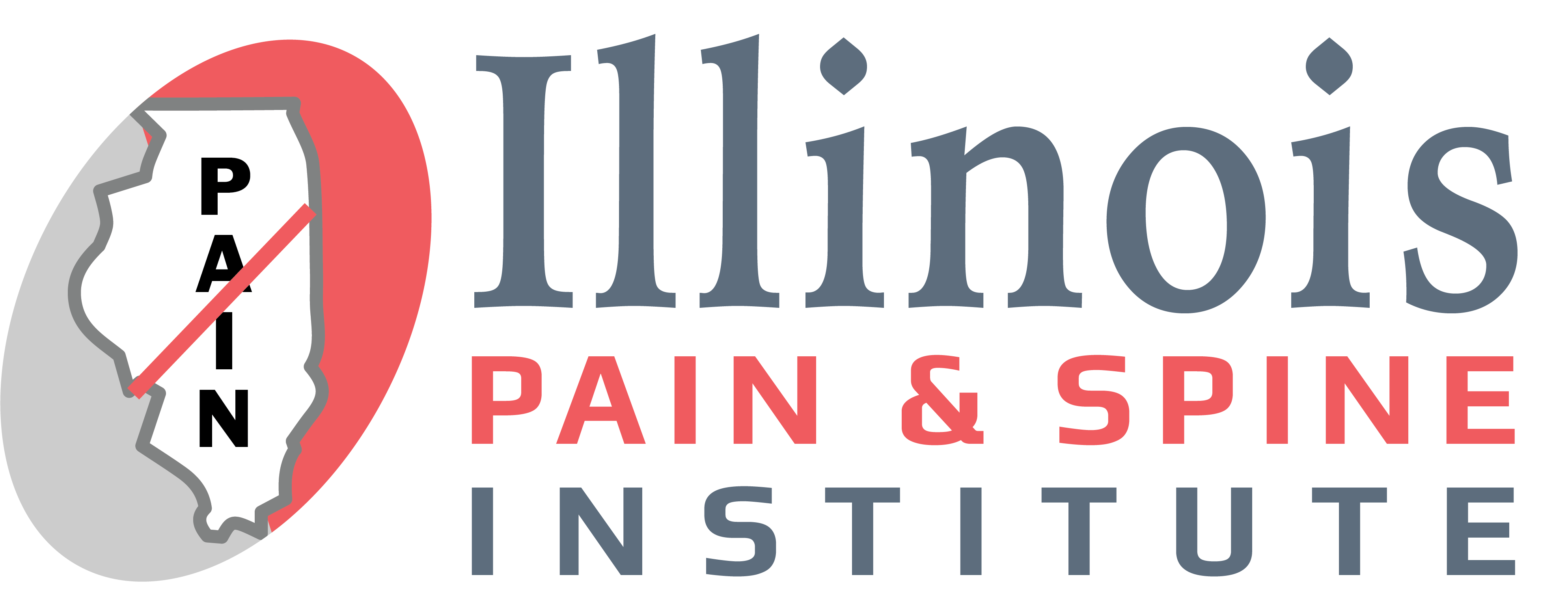17 Aug Treatments for Avoiding Surgery for Heel Pain
Most, if not every person, have experienced heel pain at some point in our lives. The pain often stems from the area just beneath the heel bone (plantar fasciitis) or behind it (where the Achilles tendon and the heel bone meet).
Thankfully, heel pain is not a health threat. As much as heel pain is severe, it tends to fade away with time. However, there are some cases where heel pain persists, forcing one to opt for relief through surgeries.
The human foot has a total of twenty-six bones, with the heel bone being the largest of them all. The function of the heel bone is to provide adequate support as you walk and run. It absorbs an extreme of close to twice your body weight when running, consequently putting it under tremendous stress.
The mechanical stress acting on the heel bone can lead to heel pain. Diseases such as arthritis and autoimmune disorders could also lead to heel pain.
It is possible to manage heel pain, and treat it, with the aim of avoiding expensive and invasive foot surgeries. We have summed up a few detailed treatments that will lead you to the road of recovery.
- Taking of Non-Steroidal anti-inflammatory drugs (NSAIDs)
Non-Steroidal anti-inflammatory drugs are fever and pain reducing drugs that can reduce inflammation when taken in high doses. NSAIDs are also non-steroidal and non-narcotic. When taken, NSAIDs can provide pain and inflammatory relief to patients. Consult with your podiatrist for a valid prescription.
- Administration of Corticosteroids
In the unfortunate case where NSAIDs have not been effective, a secondary solution could be the application, or injection, of corticosteroids on the plantar fasciitis. Corticosteroids are applied on the heel of the foot, and an electric current is used to assist in absorption.
Some podiatrists may choose to inject the medication directly into the plantar fasciitis. However, multiple injections can lead to a weakened plantar fasciitis.
- Physiotherapy
Following an in-depth diagnosis of your foot and ankle region, your podiatrist can recommend an assortment of physical exercises with a qualified physiotherapist. These physical exercises are aimed at stretching the plantar fasciitis and the Achilles tendon while strengthening the muscles in the lower leg region.
You can also learn how to apply athletic tapping to your foot for added support.
- Wearing Orthotics
Orthotics have the ability to remedy misalignments of the feet, as well as to provide adequate support and to cushion to sensitive areas around the feet. They are an invaluable asset during the healing process.
- Wearing properly fitting shoes and use of ice packs on affected regions.
Treatment of heel pain can be as simple as wearing the right-sized shoe, resting your feet or placing an ice pack on the heel of the foot. They all work cohesively in relieving heel pains.
Following these treatment options, you can avoid surgery and also gain relief from heel pains. The treatment could be as simple as resting your feet, or as dire as undertaking corticosteroid injections into your plantar fasciitis. Heel pains are easily manageable if you follow the right treatment procedures. Make every step pain-free today.

